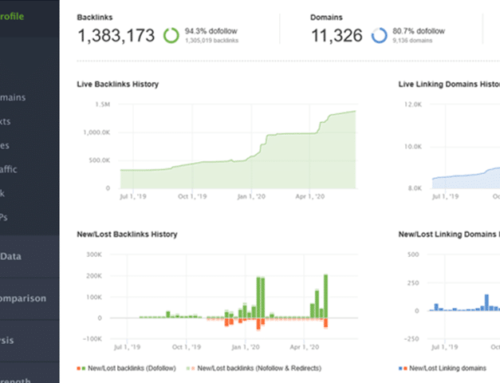Google’s Danny Sullivan published an explainer page on Google that provided details on how Google selects certain kinds of featured snippets that show up in the SEO search results.
The newly published article explains the role of time and place (geographic location) as signals that could trigger featured snippets.
The article was limited to two factors, time and geographic location. He then used the phrase “critical context” to describe the importance of those two signals.
It’s interesting that he used the phrase “Critical Context” as a way to describe what the meaning of a surge in particular search queries might mean.
Critical context is a word used in literature studies to describe the process of understanding what a piece of literature means, including finding hidden relationships, allusions, metaphors and references to events past or present at the time of writing. The purpose of literary critical context was to better understand a particular written work.
The phrase is also used within the research of Natural Language Processing algorithms.
For example, in a sample from a book published by O’Reilly related to information retrieval, there’s a reference to critical context as being important for understanding semantic meaning.
Here is what the book excerpt says:
“…the most fundamental weaknesses of TF-IDF and cosine similarity are that these models inherently don’t leverage a deep semantic understanding of the data and throw away a lot of critical context.”
This is what Danny Sullivan published:
“Critical context, like time and place, also helps us understand what you’re really looking for. This is particularly true for featured snippets… We’ve made improvements to better understand when fresh or local information — or both — is key to delivering relevant results to your search.”
Whenever an algorithm uses geographic information in order to influence search rankings, this means that Google is personalizing the search results.
Freshness Indicators
Danny then introduced the concept of something he called, freshness indicators.
Freshness indicators relate to a surge of content that is tied to a specific topic.
This sounds similar to the “query deserves freshness” type of algorithm where a surge in a topic can indicate that something is becoming topical and meaningful.
Only in this case, Google is using this kind of fresh content for the featured snippets.
Here’s what Danny published:
“Our freshness indicators identified a rush of new content was being produced on this topic that was both locally relevant and different from the more evergreen content that existed.”
That statement was made within the context of a trending search for the phrases “orange sky” and “why is it hazy.”
For both of those phrases Google determined that they were trending in specific geographic areas. This information gave context to those search phrases.
The phrase “orange sky” was trending in California. For Google users in California, Google began showing featured snippet content explaining why the sky was orange.
The other phrase related to queries that were surging on the east coast and related to haziness that resulted from smoke that drifted across the country from the fires in the west coast.




